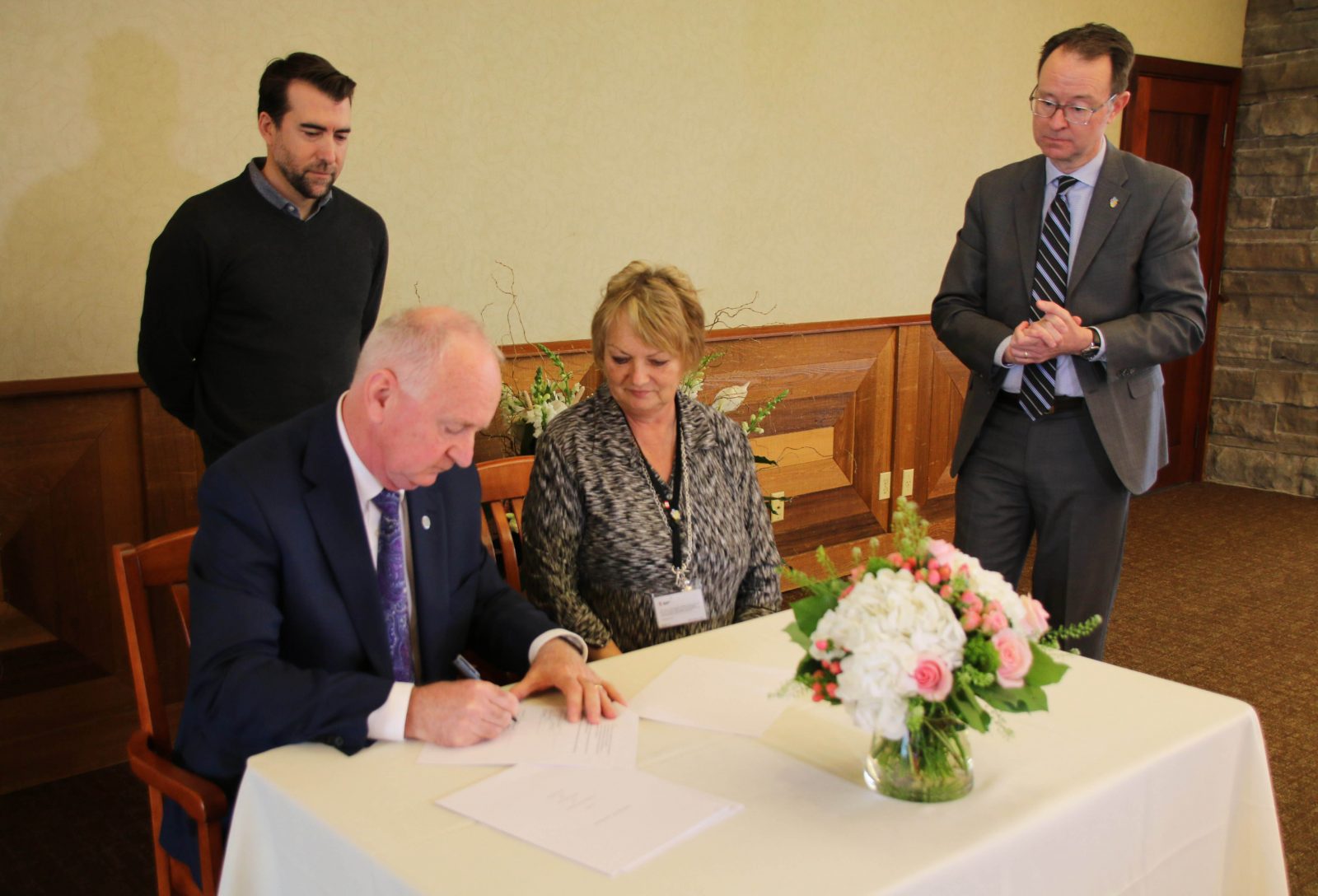Blog Contributor: Michaela Jennings

On August 26th, 2020, Niagara Adapts presented its 6th workshop in a 9-workshop series. The workshop was held online via the Lifesize platform, taking into consideration the ongoing COVID-19 restrictions. This provided a platform for safely engaging with the partners and the Brock Team, in furthering the development of their Climate Change Adaptation Plans.
The workshop was held for the 7 partners that are participating in Niagara Adapts, and was an opportunity for them to share, and gain best-practice insights into what stakeholder engagement entails in their own adaptation planning. Stakeholder engagement is an important aspect in adaptation planning, as climate change is not limited to one sector, and will impact a wide range of stakeholders in a community (e.g., residents, businesses, services, vulnerable populations, etc.).
Workshop 6 provided an opportunity for partners to share their draft plans, and to co-create a strategy for stakeholder engagement. The workshop began with presentations from each of the partners in attendance, outlining their draft vision, goals, and adaptation options. This allowed the partners to engage with one another and provide feedback and suggestions. As each municipality is connected through the Niagara Region, they will face similar changes and impacts due to climate change.
The workshop progressed with a lecture on stakeholder engagement theory by Dr. Jessica Blythe. The lecture focused on explaining what stakeholder engagement is, and the best-practices in adaptation planning processes. Stakeholder engagement is an important aspect of planning, due to the value of feedback in high-quality decision-making processes.
The workshop concluded with a discussion forum, allowing the partners and the Brock Team to discuss the next steps in stakeholder engagement based on the information that had been shared.
The outcome of this discussion was a collective decision to pursue a stakeholder engagement survey. It will be available in fall 2020 for those who are stakeholders in the participating municipalities. The survey will provide an opportunity for the Niagara Adapts partners to engage in stakeholder engagement best-practices, as well as gaining valued feedback from the community.










